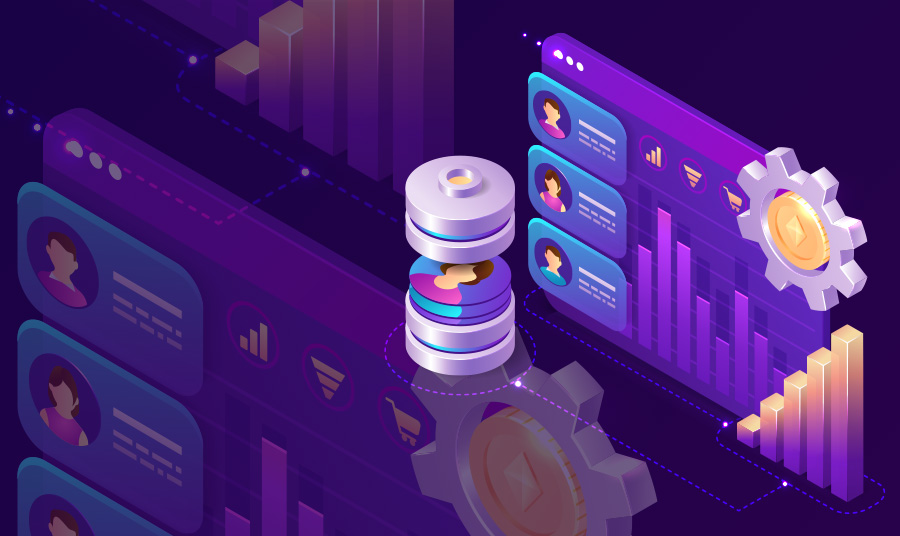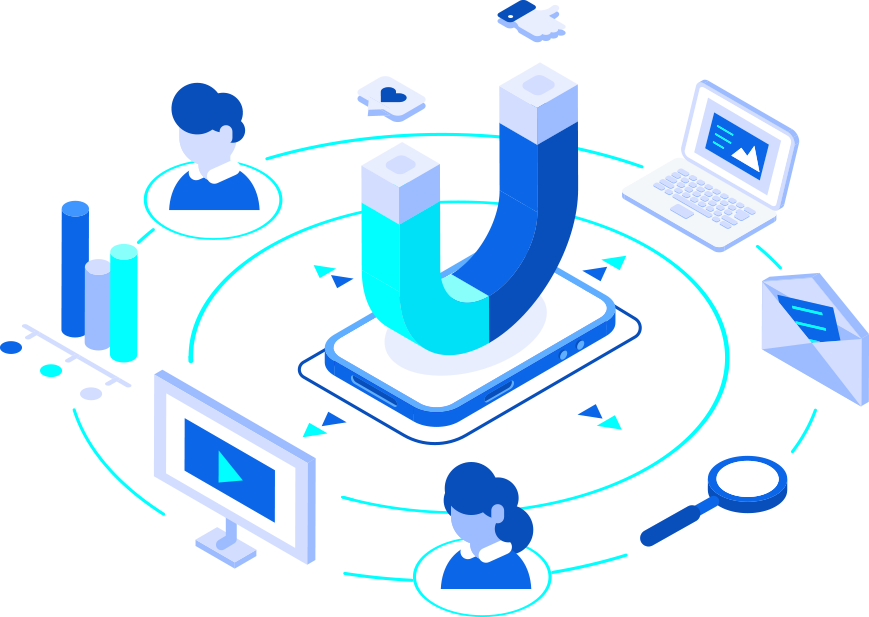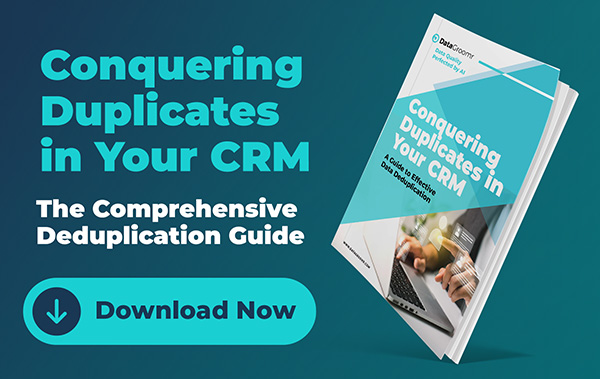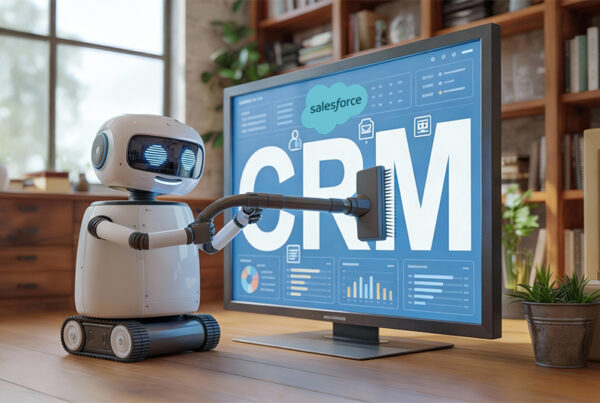
I. The Silent Budget Leak of Bad Data
Think about the last 90 days. How many times did someone in your team:
- Reached out to the same prospect multiple times without realizing it?
- Have dozens (or hundreds) of emails bounce because of invalid addresses?
- Report numbers that reflect hundreds of duplicates cluttering your system?
- Spend an hour or more running exports, merge wizards, or lookups in an one-off attempt to clean up data?
Checking one or more boxes doesn’t make you an outlier. You’re in good company. But bad data costs more than just lost time or wasted effort. Duplicates drain budgets, costing the average company 12-15 percent of its revenue.
With those numbers, carefully crafted campaigns misfire and forecasts wobble.
For Salesforce users, the problem compounds quickly. Native deduplication tools work fine for basic scenarios, but typically only catch the most obvious matches.
You need a proactive and intuitive data cleaning tool that will do three things:
- Find messy records fast
- Repair them with minimal clicks
- Prove ROI in weeks, not quarters
The key question is finding a data quality tool that solves your specific problems without creating new headaches.
Why Traditional Approaches to Data Quality Fail
Most companies start with good intentions. They set up Salesforce duplicate rules and may even train users on data entry standards.
But often, it ends there. Months later, they’re drowning in duplicates. The problem only compounds in the event of mergers or acquisitions, new verticals, or campaigns.
Reality check: Your data might not have started out dirty, but most of it will be by this time next year unless you intervene.
Gartner studies estimate that B2B data decays at 70% annually. Phone numbers change, people switch companies, and email addresses become obsolete. Meanwhile, your team imports leads from trade shows, webinars, and marketing campaigns. Every time, you’re welcoming new potential duplicates and data inconsistencies.
Do I need a separate tool? Can’t I just do it myself?
Some companies get by with manually setting up deduplication rules. That method forces you to anticipate every possible matching scenario. You could spend weeks configuring matching logic. Before long, you’re maintaining dozens of complex rules that require constant updates. Manual maintenance creates more work in the long run with subpar results.
What good data quality systems delivers
As you evaluate data quality products, think of your goals:
- Faster segment builds and campaign launches
- A team that trusts their dashboards
- Sharper pipeline forecasts for finance
- Lower send costs once you stop targeting the same contact twice
Set these outcomes as non-negotiables before you review any vendor.
II. Essential Features Checklist
When evaluating data quality solutions, focus on capabilities that address your most pressing challenges.
Core capabilities you should insist on
| Capability | Why it Matters | What to look for | Ask if the solution includes: |
| Duplicate detection and merge | Eliminates record bloat and double outreach | AI models that scan your database the moment you connect, plus rule-based options for outlier cases | – AI-powered matching that learns from your data patterns – Bulk processing capabilities for large datasets – Custom matching rules for specific business requirements – Real-time duplicate detection and flagging during data entry |
| Data Validation & Standardization | Keeps addresses, phones, and emails usable across systems | Built-in global email, phone, and address verification rather than US-only add-ons | – Address verification and standardization for worldwide addresses – Email validation with SMTP checking – Phone number formatting and carrier validation |
| Automation | Sustains hygiene and connects to the rest of your tech stack | Schedulable jobs, webhook notifications, and APIs that handle bulk payloads | – Scheduled cleanup processes that run without manual intervention – Trigger-based actions for new record processing – Native Salesforce workflow compatibility – API integration for custom business processes |
Advanced features you may want to look for
AI-powered data insights Modern solutions use machine learning trained on millions of records to identify patterns that most humans would miss. These algorithms can automatically detect duplicates with higher precision and recall than traditional methods.
Real-time data evaluation The best tools do more than just clean your existing data. They can prevent future problems before they happen. Look for solutions that evaluate record quality in real-time and flag potential problems before they impact your business.
Impact measurement You shouldn’t have to guess if your solution is worth it or working. Some platforms automatically demonstrate their ROI with dashboards that track data improvements such as missing data, inconsistencies, historical duplicates, and quality scores.
User-friendly interfaces for non-technical users Data quality shouldn’t require a computer science degree. Test out the user interface and make sure it’s something that all your users can understand and access without depending on your IT team.

III. Evaluation Criteria Framework
1. Is it a technical fit?
Prioritize an API-integrated Salesforce solution that connects instantly without managed-package installs or sync lags. Make sure it delivers:
- No installation or configuration requirements
- Real-time processing within Salesforce
- Support for large bulk operations
- Compliance with Salesforce security standards, such as SOC 2 reports and a no-external storage policy
2. How is the user experience?
The best data quality tool is one your team actually uses and doesn’t create more work. Consider:
- Intuitive UX design
- AI features to reduce setup and manual work
- Time required for user training
- Availability of in-app guidance, customer support, or helpdesk articles
- Mobile accessibility for field users
- Automated configuration vs. manual setup
3. Can I show business impact?
| Metric | Winning benchmark |
| Time-to-value | Detect and merge in your first login session |
| Productivity lift | <10 percent time spent on data fixes after month one |
| Campaign efficiency | Email bounce rate reduced by 5-10 percent once invalid addresses are purged |
| Revenue assurance | Pipeline accuracy improved enough to cut forecast variance by at least one stage |
IV. Total Cost of Ownership
Subscription fees should be one part of your total cost calculations. You should also factor in the ongoing time investment required to keep the platform running effectively, any costs that might increase should your database grow, and team training costs. Pricing models can vary based on the size of your Salesforce database and the number of users.
Direct Costs
- Software licensing or subscription fees (per-user vs. per-company models)
- Setup costs
- Training and onboarding expenses
- Optional verification credits for high-volume email or phone checks
- Any ongoing maintenance and support fees
Hidden Costs
- Administrative time for configuration and maintenance
- User adoption challenges that require time and training investment
- Additional storage fees for bad data
- Duplicate-index surcharge costs
- Opportunity cost of delayed implementation
- Cost of incomplete data quality coverage
ROI math you can defend
Finance teams want concrete numbers, not vague productivity promises. Calculate your payback using these metrics:
- Hours returned × average sales team member rate
- Marketing spend saved from duplicate outreach
- Database savings when stale or duplicate records go away
- Faster quarter-close because finance trusts the numbers
If the payback period exceeds six months, keep shopping.

V. Making Your Decision
Quick decision matrix
| Criteria | Weight | Look for |
| Setup time | 20% | A tool that allows you minimal set-up time and comes already able to recognize and eliminate duplicates without programming on your end |
| Duplicate accuracy | 25% | A solution powered by machine learning, so that you see not only the duplicates, but false alerts as well |
| Ease of undo | 10% | Ensure the tool has a one-click undo capability to avoid any data nightmares |
| Ongoing admin hours | 15% | You should expect to have fewer than 1-2 hours monthly dedicated to upkeep after the initial set up |
| Cost transparency | 15% | Look for an online calculator to get an accurate price based on your database and team size |
| Support & training | 15% | Check for an active customer support phone number, customer reviews, as well as the topics included in its online knowledge bank |
Red Flags to Avoid
Vendors that can’t demonstrate immediate value
Quality data tools should show results within hours, not weeks. Avoid solutions requiring extensive configuration before you see benefits.
Solutions requiring extensive IT involvement
Look for solutions that work out-of-the-box and stay current automatically.
Tools with limited Salesforce-specific features
Generic data quality tools miss the nuances of Salesforce data models. Choose solutions built specifically for Salesforce.
Providers with poor support and training resources
Ensure your vendor provides comprehensive support, training materials, and responsive customer service.
Appendix
Comparison Snapshot
| DataGroomr | Cloudingo | Apsona | Demand Tools | Duplicate Check | |
| Starting price | $1,195/year | $2,500/year | $1,452/year per user, minimum 3 users | Based on number of Salesforce seats | Custom quote |
| Free Trial | 14 Days | 10 days | 30 days | 14 days | 14 days |
| Included records | 100K | 300K | 100K | 20k | Dependent on membership tier |
| No set-up required | ✔️ | x | x | x | x |
| Automated deduplication | ✔️ | x | x | ✔️ | x |










